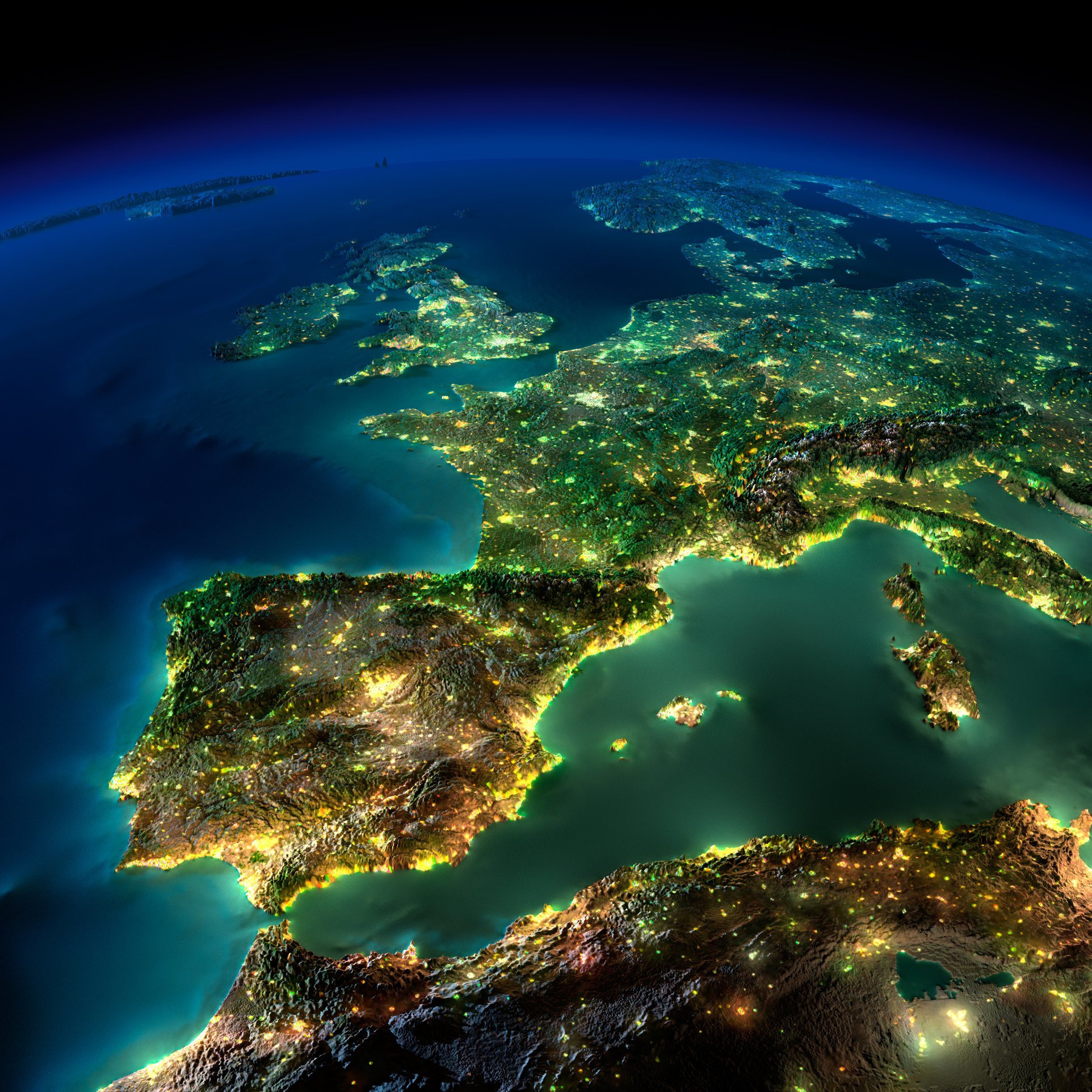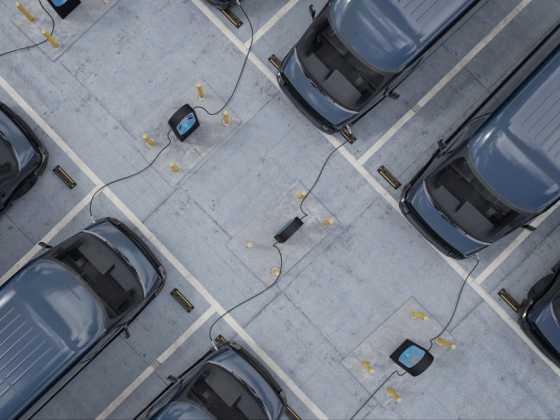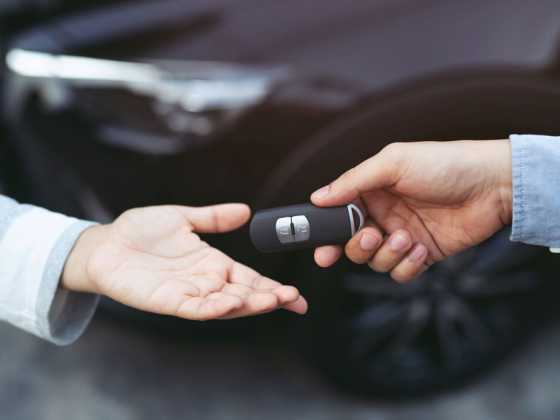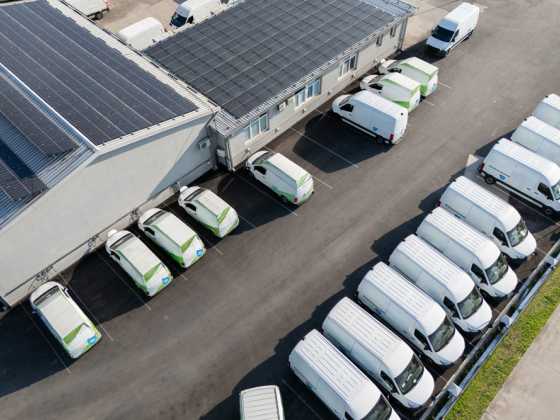EVs and the impact on the energy system

Alex Haffner, strategic insight manager at National Grid ESO, shares insights from the 2020 Future Energy Scenarios report, which for the first time reflects net zero targets in its predictions
The use of electric vehicles (EVS) is rapidly growing. By 2040 we could see over 30m electric cars on UK roads.
In 2019, battery electric vehicles (BEVs) and plug in hybrid electric vehicles (PHEVs) made up just over three per cent of all new vehicle sales.
While overall numbers of EVs are low, the recent increase in sales has been steep and gives us a strong indication that they will continue to grow, reinforced by changes in company car tax in April 2020 that further incentivise EVs as company cars (which make up nine per cent of cars on UK roads).
There are several reasons for this increase in popularity. They are cheaper to run, maintain and of course better for the environment. The idea of electric cars being slow has been extinguished with the success of Formula E and even some sportscars now being electrically powered.
Electric Vehicles and our Future Energy Scenarios (FES)
We recently published our 2020 Future Energy Scenarios. For the first time, we have explicitly reflected net zero in the analysis – with three scenarios demonstrating how the UK can meet net zero by 2050.
Electrification is key to decarbonising transport and, even in the slowest decarbonising scenario, there will be no new cars sold with an internal combustion engine after 2040. This results in all cars on the road being ultra-low emission by 2050.
Our fastest decarbonising scenario sees a 75 per cent reduction in total energy demand for road transport due to a combination of electrification, automation and changing consumer behaviour.
One of the interesting aspects of the road transport scenarios relates to the number of vehicles. Our research shows the gradual transition to BEVs in every scenario out to 2050. We have approximately 32 million cars on the road now. Our population is predicted to grow but the number of vehicles doesn’t necessarily grow with it. With the use of autonomous vehicles (AVs) commonplace (potentially as many as 6.3m) by 2050, our modelling has assumed that in some cases AVs might reduce the total number of vehicles, dependent on the level of societal change and an increase in the use of public transport.
An example of this is how some consumers may decide to rely on ride hailing services or other forms of mobility rather than owning a personal vehicle.
The rapid change in consumer behaviour could also see demand for public transport increase. Buses will be mainly electric, but also green hydrogen (this is where hydrogen is created from renewable electricity via electrolysis).
In our scenarios, the UK government supports decarbonisation of buses, cars, vans and HGVs, which mean all vehicles quickly switch over to zero emission alternatives.
We capture the growth in electric cars and anything which impacts the GB energy system within our future energy scenarios.
Road haulage
The distances covered by lorries and the capacity and weight of the battery are challenges to using electricity for road freight. Gas, whether biomethane or hydrogen fuel cells, is an alternative, but there is currently an inadequate supply and no refuelling network.
As lorries move goods across borders, solving this part of the puzzle relies on international compatibility as well as innovation in truck design and improvements in complementary infrastructure like rail and refuelling points.
Hydrogen is the most common solution for trucks in all the net zero scenarios. Electrification is greatest in Consumer Transformation but is limited by high infrastructure costs for HGV charging facilities (such as catenary wires on motorways), and current weight and volume considerations mean batteries are not feasible for the largest vehicles.
Smart charging
Today, most EV owners plug in their vehicles only when they need to charge, regardless of the time of day. In future, EV owners will be encouraged to keep their vehicles plugged in. A smart charging system will decide when is the best time to charge based on time of use tariffs designed to encourage charging when there is excess renewable energy and to avoid charging at times of peak demand. This will help network operators to manage electricity supply and maximise use of renewable resources.
Additionally, Vehicle-to-Grid (V2G) technology will enable the car to provide energy storage. This could store electricity in the home (for example, from solar panels), or even generate income for the owner, as the EV’s battery is available to store excess renewable generation or to feed its charge back on to the local network during peak demand.
As long as the car is plugged in, this resource can be remotely accessed, with little owner intervention required. In the case of AVs, their capacity for V2G could mean that they are directed to parts of the grid further away, to support a network fault.
Of course, there will be occasions when the car needs to be charged at a certain time. But most people’s car usage is fairly predictable and, by making sure that car charging infrastructure is available at places of work as well as home, V2G could reduce the running costs of the car and the network.






